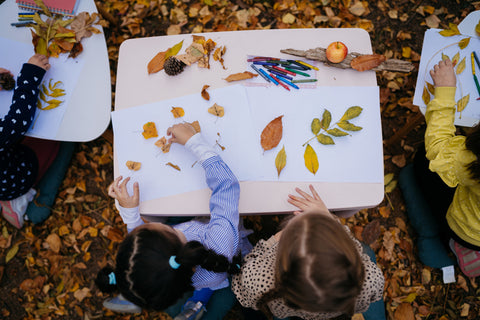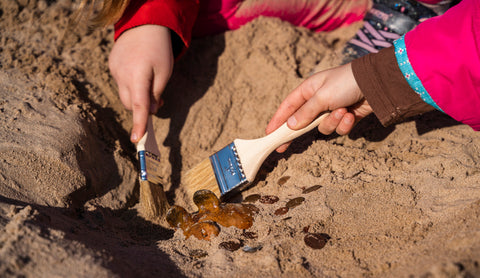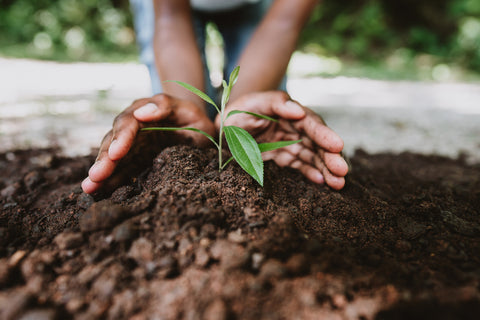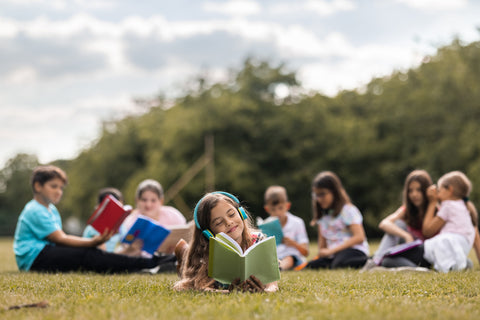Find out why teachers and school leaders love PlanBee
Find out why teachers and school leaders love PlanBee

In a slump? Take learning outdoors and re-energise your class!
Outdoor learning isn't just about enjoying the fresh air; it's a powerful opportunity for our children to move, regulate and express themselves away from the confines of the classroom. As the sayings go, "There's no such thing as bad weather, only unsuitable clothing" and "There is no time like the present". So, what are you waiting for, why not mix it up and get outside with your class this week.
Maths: Create number lines on the playground in chalk. This is great for addition and subtraction in KS1 and for fractions, decimals and negative numbers in KS2.

Art: Encourage artistic expression, Andy Goldsworthy style, by letting students create art with natural materials. Children can make leaf rubbings, paint with natural dyes or create sculptures.

History: Set up an archaeological dig in a raised bed or patch of unloved grass. Grid up using string and bury flint tools or other artefacts linked to your era of study. Ask children to record where they found the artefacts, just like an archaeologist!

Science: Lots of science investigations lend themselves to outdoor learning - from weather observations to fitness tests! Simply take your equipment outside (bonus: less clearing up to do).

Environmentalism: Help children develop their understanding of the natural world and sense of responsibility for the environment by spending time litter picking, composting or testing the soil ready to plant fruits and vegetables later in the year.

Geography: Create an orienteering course for children on the school grounds or pick up copies of your local ordnance survey map and head out on a field trip to support your children's use of directional language and navigational skills.

English: Enjoy a shared read in the autumn sunshine and get some vitamin D while discussing the text. With all the outdoor space, your class can create freeze frames to demonstrate their understanding of key scenes.

Studies show that children who engage in outdoor learning have improved attention and concentration in the classroom. It's also a brilliant way to encourage movement and develop gross motor skills!
Plus, nature is full of complex geometric shapes, called fractals, which are proven to boost our wellbeing and reduce feelings of stress or anxiety

If you want to read more content on this topic read other articles in our blog, including active learning and five tips to trick your class into learning.
Leave a comment